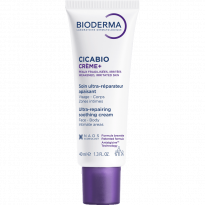Daily advices
How to heal irritated skin? Scars, cuts and scratches treatment
Different types of wounds, including those from surgery, require appropriate treatment to facilitate proper healing. When the skin is damaged by scratches, burns, minor procedures, peels, laser treatments, and other factors, the resulting lesion can cause discomfort, pain, or the urge to itch. In all these instances, the efficacy of skin repair directly affects the duration of potential scarring.













